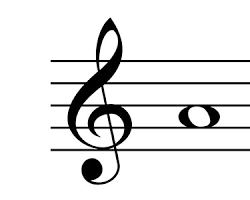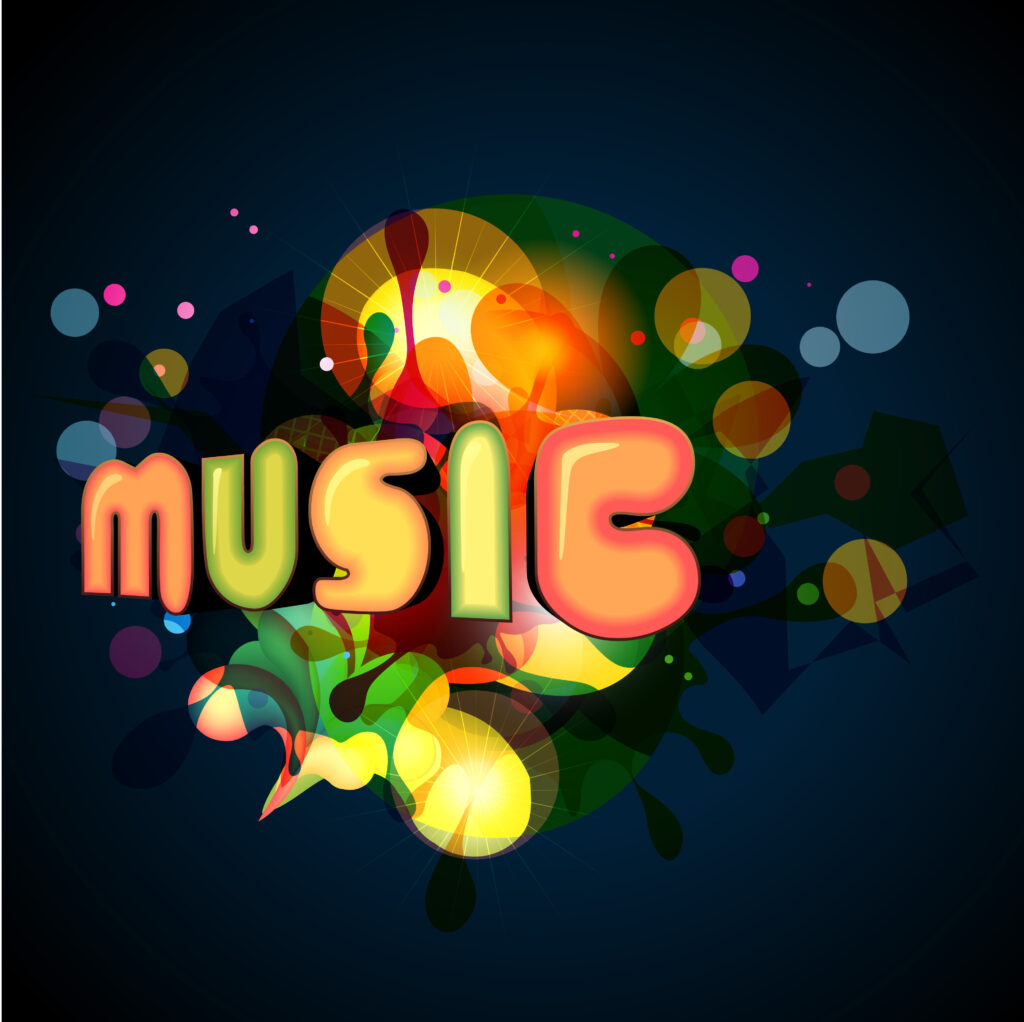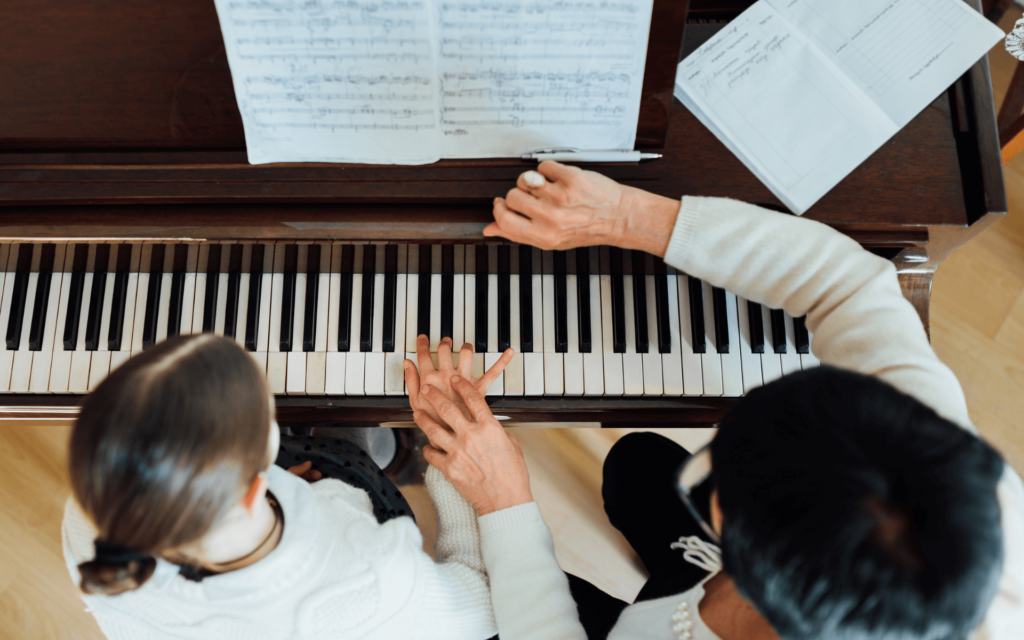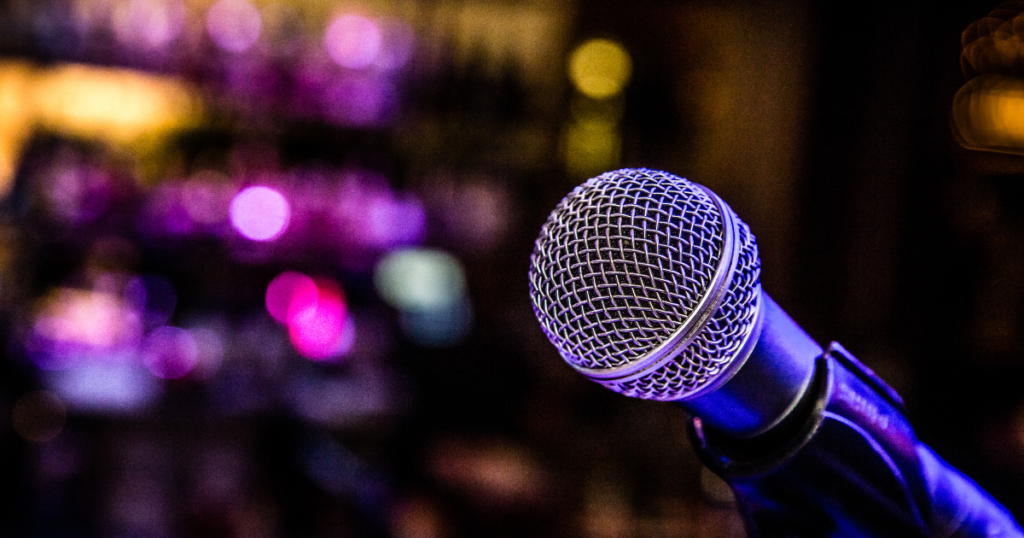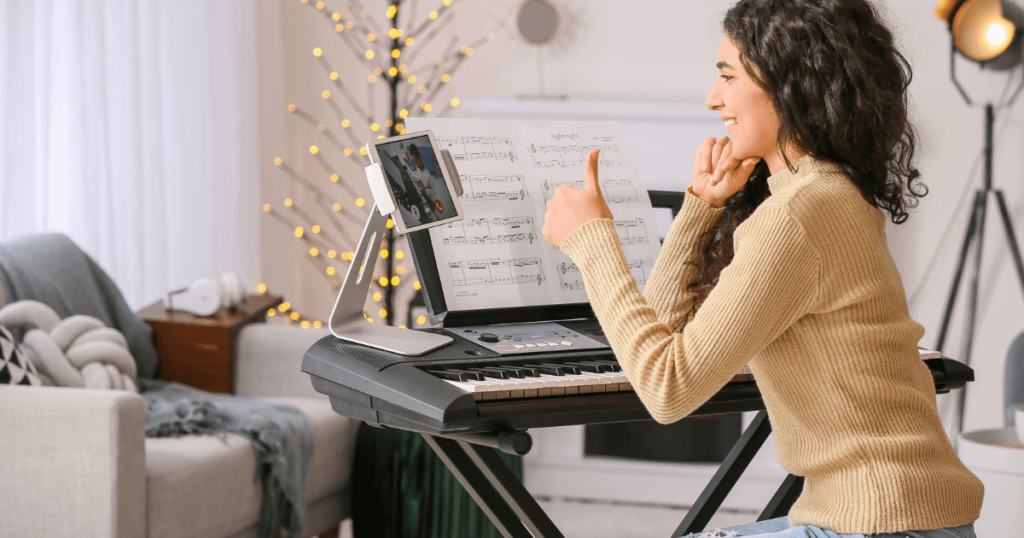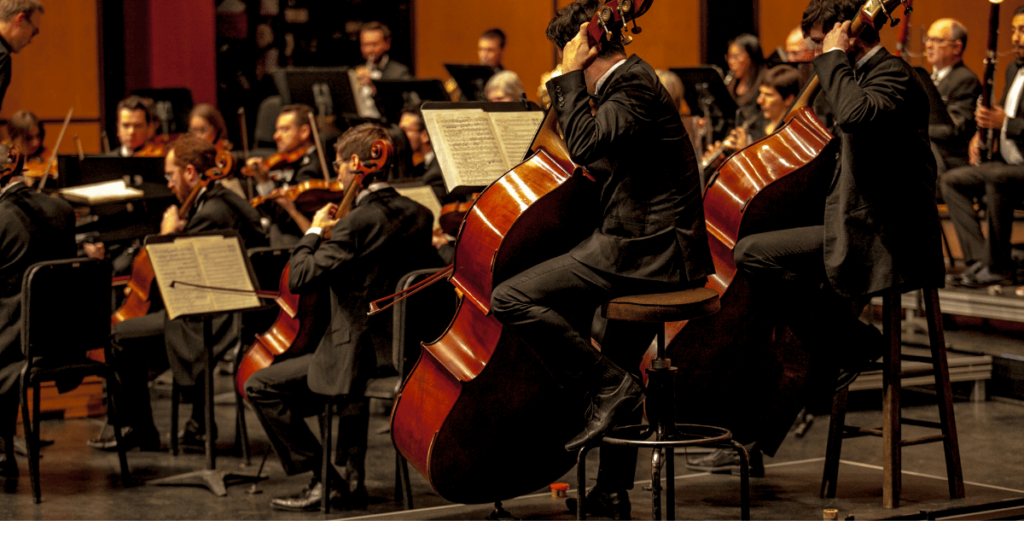Have you ever dreamt of turning your love of music into a fulfilling career? If so, then the world of music education jobs might be the perfect fit for you! Music education offers a dynamic and rewarding way to share your passion for music while nurturing creativity and appreciation for the arts in others. This field is experiencing exciting growth, with a growing demand for skilled and passionate educators.
This guide delves into the top 10 music education jobs that are currently in high demand. We’ll explore the exciting possibilities within these careers, along with the necessary skills and qualifications to get you started. Additionally, we’ll equip you with valuable tips on landing your dream job in music education!
Top 10 Music Education Careers

-
Elementary School Music Teacher:
These educators introduce young minds to the wonderful world of music. Responsibilities include developing and delivering engaging lesson plans, fostering musical skills through singing, movement, and basic instruments, and nurturing a love of music in their students. Elementary school music education jobs typically require a bachelor’s degree in music education, with a focus on early childhood development being a plus.
The salary range for elementary school music teachers can vary depending on location and experience, but according to the National Center for Education Statistics, the average salary in 2022 was $61,760
-
Secondary School Music Teacher (Band, Choir, Orchestra):
Secondary school music education jobs offer a chance to delve deeper into specific musical disciplines. These educators specialize in either band, choir, or orchestra, leading ensembles, teaching music theory and performance techniques, and preparing students for concerts and competitions. A bachelor’s degree in music education with a concentration in the specific instrument or vocal area is required.
Secondary school music teacher salaries also vary based on location and experience, with the national average in 2022 being $67,030
-
Private Music Instructor:

image source – canva.com Offering a more personalized approach, private music education jobs allow you to share your expertise with individual students on a one-on-one basis. You can choose to specialize in a specific instrument, voice training, or even music theory. The flexibility of this career path allows you to set your own hours and curriculum, making it a great option for those who enjoy working independently. While there’s no formal education requirement, a strong musical background and excellent teaching skills are essential.
Income for private music instructors depends on factors like experience, location, and student volume, but they can typically charge hourly rates.
-
Music Education Director:
Music education directors oversee all music programs within a school district or music school. Responsibilities include curriculum development, teacher supervision, budget management, and ensuring the overall quality of music education. This leadership role requires a master’s degree in music education or a related field, along with several years of teaching experience. Salaries for music education directors are typically higher than classroom teachers, with the national average exceeding $80,000
-
College/University Music Professor:

image source – canva.com For those with a deep academic background and a passion for research, college and university music professor jobs offer the opportunity to shape the next generation of musicians. Professors specialize in various areas like music history, composition, performance, or music theory. This career path usually requires a doctoral degree in music and extensive teaching and research experience.
Salaries for music professors vary depending on the institution’s type and reputation, but they can be quite competitive.
-
Early Childhood Music Specialist:
These educators introduce the joys of music to children from infancy to preschool age. Responsibilities include creating developmentally appropriate music activities, fostering a love of music through singing, movement, and instruments, and collaborating with parents and caregivers. This career path often requires a bachelor’s degree in music education with a focus on early childhood development or a related field.
Salaries can vary but typically fall within the range of elementary school music teachers.
-
Music Therapist:
Music therapists utilize music to improve a client’s physical, emotional, and cognitive health. They work in various settings like hospitals, rehabilitation centers, and schools. This career requires a bachelor’s degree in music therapy and certification from the Certification Board for Music Therapists (CBMT). Salaries for music therapists can vary depending on experience, setting, and employer.
-
Online Music Instructor:

image source – canva.com With the rise of technology, online music education offers a flexible and innovative way to share your musical knowledge. These instructors utilize online platforms to deliver music lessons in various instruments and disciplines. While formal education requirements can vary depending on the platform, a strong musical background and excellent online teaching skills are crucial.
Income for online music instructors depends on factors like experience, platform commission structure, and student volume.
-
Music Curriculum Developer:
Music curriculum developers create educational materials and resources for music education programs. Responsibilities include researching and developing engaging lesson plans, aligning curriculum with educational standards, and collaborating with music educators and other stakeholders. This career path typically requires a bachelor’s degree in music education or a related field, along with experience in music education and curriculum development.
Salaries for music curriculum developers can vary depending on experience, employer, and the scope of projects.
-
Music Technology Instructor:
Music technology instructors teach students how to utilize technology in music creation, production, and recording. This career path is increasingly relevant as technology plays a more prominent role in modern music. Qualifications can vary depending on the position, but a strong background in music technology and potentially a degree in music education or a related field are often preferred.
Salaries for music technology instructors can vary depending on experience, institution type, and location.
Explore Our Music Coaching Services At Bowlake
Music Education Jobs – How to Get Hired

Now that you’ve explored the diverse landscape of music education jobs, let’s delve into how you can land your dream position! Here are some crucial steps to consider:
-
Educational Qualifications:
Most music education jobs require a bachelor’s degree in music education or a related field. Some specialized roles, like music professor, may require a master’s degree or even a doctorate. However, if you’re passionate about music and considering a career in music education, there are many paths to explore! For those who want to begin or perfect their musical skills in preparation for a future in music education, institutions like Bowlake Music Institute offer a comprehensive range of learning opportunities.”
-
Building Your Resume and Portfolio:
Showcase your educational background, relevant skills, and any teaching experience you may have. For performance-based music education jobs, consider including a link to a performance video showcasing your musical abilities.
-
Job Search Strategies:
Start by exploring job boards specific to education or music.
-
Interview Tips:
Dress professionally, arrive early, and be prepared to discuss your teaching philosophy, experience, and passion for music education. Research the school or institution and demonstrate your knowledge of their music program.
Salary Information
Salary expectations can vary considerably within the field of music education jobs. Factors like location, experience level, specific job title, and even the type of institution can all influence your earning potential.
At Bowlake, Just Select a Teacher and Start Learning
Music Education Jobs Near Me

The good news is that music education jobs are available across the country! To find opportunities in your area, you can utilize several strategies:
- School District Websites: Many school districts maintain websites with job listings, including positions for music teachers. Don’t overlook the growing online job market, as many platforms cater specifically to music education positions.
- Job Boards: Popular online job boards like Indeed, Glassdoor, and Monster often feature music education jobs. You can refine your search by location and job title.
- Music Associations: Professional music organizations like the National Association for Music Education (NAfME) and the American Orff Schulwerk Association (AOSA) offer job boards specifically for music educators.
Online Music Education Jobs
The world of music education is evolving, with online platforms offering exciting new opportunities for educators. These platforms allow you to connect with students from all over the world, offering more flexibility and potentially reaching a wider audience. Here are some things to consider with online music education jobs:
- Platforms: Several platforms cater to online music education, including established sites like Skype and newer platforms designed specifically for music instruction.
- Pros and Cons: While online music education jobs offer flexibility and a broader reach, they may require additional technical skills and the ability to engage students effectively through a virtual environment.
For those seeking a structured online learning experience, Bowlake Music Institute provides high-quality online music lessons for various instruments, from piano and guitar to drums and violin. Their experienced instructors can help you develop your musical skills and confidence in a convenient online setting
Embark on Your Music Voyage With Us
Final Notes
The world of music education jobs offers a fulfilling and rewarding way to share your passion for music with others. Whether you dream of nurturing young minds, leading an ensemble, or providing personalized instruction, there’s a music education career path waiting for you. By honing your skills, acquiring the necessary qualifications, and actively pursuing opportunities, you can turn your love of music into a thriving career.
But what if you’re not quite ready to take the leap into music education? Perhaps you’re a recent graduate or someone with a hidden musical talent waiting to be unleashed. The good news is, it’s never too late to embark on your musical journey!
Ready to make music a part of your life? Explore music education jobs or enrich your own journey with Bowlake Music Institute! Top-tier instruction, all ages, online & on-site. Piano, violin, guitar. Drums etc. Visit Bowlake today!
Music Education Jobs – Frequently Asked Questions
Which career in music requires the highest level of education and experience?
Is music education a hard major?
Is being a music teacher a good job?
Do you have to play piano to be a music teacher?
What is a music education degree called?
Music Education Jobs: Top 10 Careers & How to Get Hired Read More »











